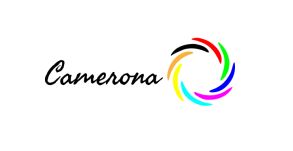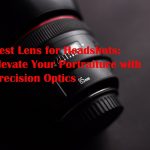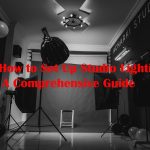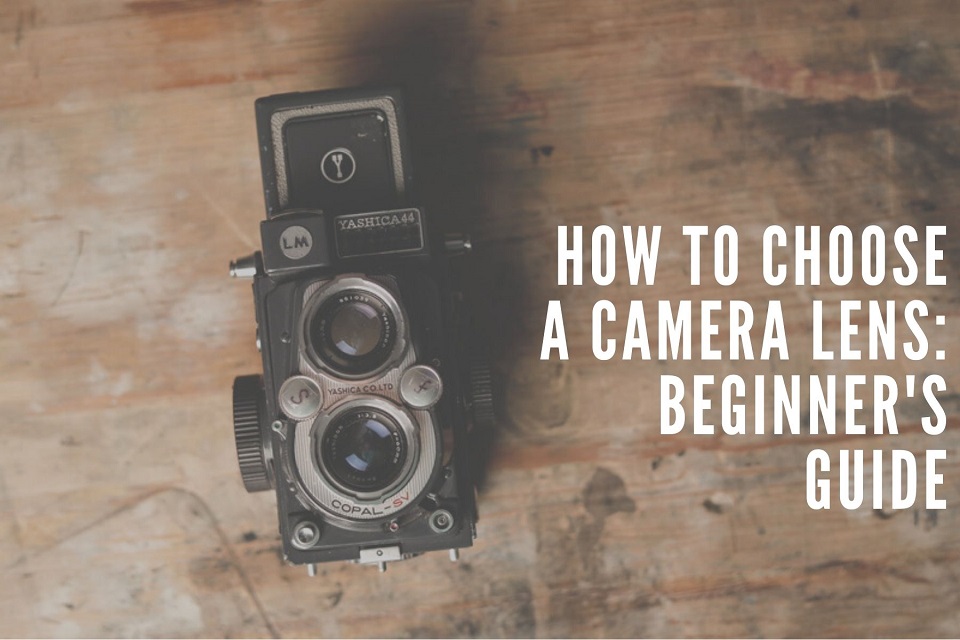
How to Choose a Camera Lens
The lens is considered the soul of photography. A proper lens is sometimes the deciding factor between an average and a splendid photography job. It has the power to make or break your photographs. So, you must be careful about choosing the right lens for your camera.
Howsoever, it is not as simple as buying a random thing. There is a heap of parameters to consider. A perfect camera lens has a lot of technical issues to be pursued. Without getting it right, you cannot reach the ultimate potential of your photographic journey.
Intending to help you in this daunting process, we have prepared a patulous instruction guide on how to choose a camera lens, including all the factors to look for.
So, let’s dive deep into the expansive world of choosing a camera lens.
Prominent Types of Lens
Before heading towards buying lenses, you must have intensive knowledge regarding the types of lenses. Let’s have a look at the prominent lens types below.
Prime Lens: We also know it as a fixed lens with a fixed focal length. Usually, the focal lengths are 35 mm or 50 mm.
They are famous for producing high-quality images. As they are small in size, carrying convincingly is an additional plus point. They assure to serve higher in the lower price range.

Because of the availability of a wide range of focal lengths, prime lenses are considered the best for their straightforward use. They are mainly intended for portrait photography because of their wider apertures. It also lets you explore your targeted scene inquisitively. Shoot decent quality images even in low light.
However, if a fixed focal length does not meet all your photography needs, you may not like prime lenses.
Zoom Lens: Zoom lenses, in contrast, offer you a wide array of focal lengths. So, it is an effective gear to cover a variety of your photographic requirements.
Be it landscape, sport, or portrait photography, you have adequate options available in terms of focal length. So, flexibility is its biggest strength.
The zooming option lessens the necessity of multiple lenses. Also, you can control various shooting situations with a single zoom lens.
However, they don’t offer you fast apertures like the prime ones. Despite having a high-end price, it doesn’t maintain a high standard in images like the prime lenses. Moreover, they are larger in size, consequently bulkier to carry.
But in terms of versatility, they are unquestionably unparalleled.
Macro Lens: While shooting from a close distance, a lot of difficulties are faced in terms of focusing. Macro lenses are your solution in these cases.
They let you shoot the subject even from inches away. They are specifically designed to maintain the maximum image quality from the closest focusing distance. The macro lens magnifies the subject within the camera frame and lets you shoot it maintaining every detail.
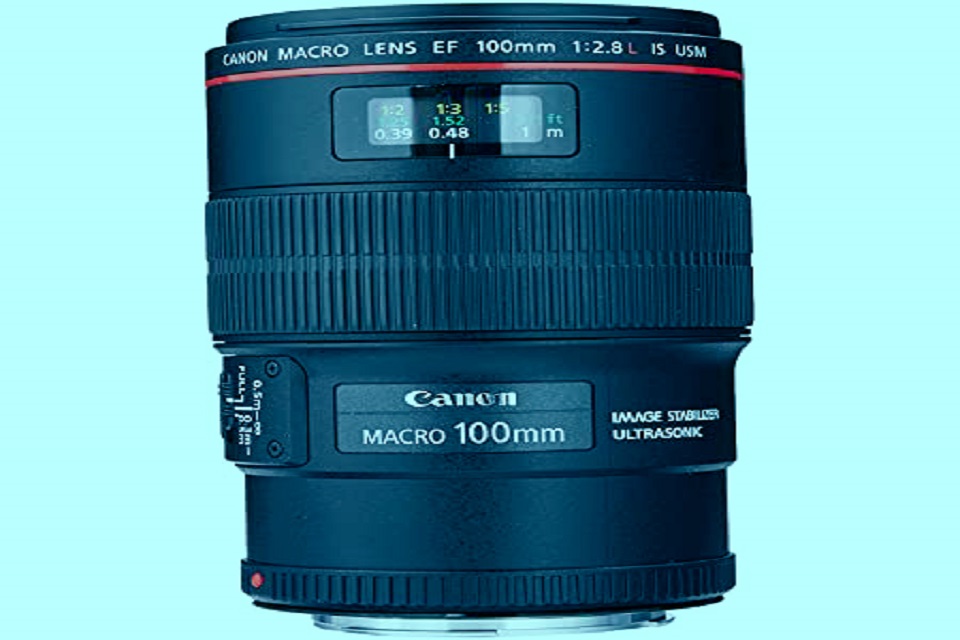
They perform best in newborn and product photography, successfully dealing with the smallest detail. Generally, a macro lens has a magnification ratio of 1:1 with a 12 inches minimum focus distance.
It can magnify even the tiniest objects as larger than life-size. You can maintain the sharpness and right focus with the macro lenses even while taking extreme close-up shots.
Telephoto Lens: Another potential magnifying lens for optimal distant photography. Telephoto lenses are designed to take distant object photography to the next level.
Generally, a telephoto lens has a 60 mm or more focal length. But a standard is set as well for users’ convenience. An 85-100 mm focal length is considered a medium telephoto, 135-300 mm is a telephoto, and 400-800 mm is for super-telephoto.
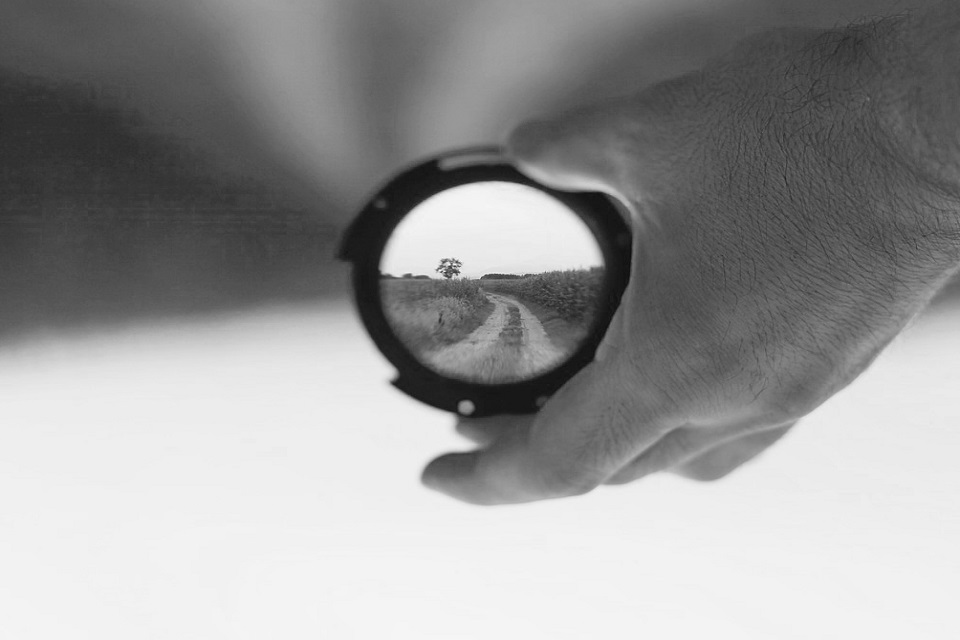
Both amateurs and pros can take advantage of a telephoto lens. You can shoot any distant subject convincingly with maintaining a sharp focus.
You can capture close-up shots from remote areas as if they are in front of you. They are specially used in landscapes, sporting events, or wildlife photography. Also, a medium telephoto lens is ideal for portraiture.
Wide-Angle Lens: The next type is a wide-angle lens, which is a pretty popular choice. It will let you feel that you can literally step into the photo.
These lenses pursue an extensive effect and prolonged perspective. It contains a set focal length, shorter than the sensor length.
As you see in the name, wide-angle lenses are well-known for capturing a widespread panoramic view. These lenses basically give emphasis on the foreground. You can capture the whole subject within a single frame.
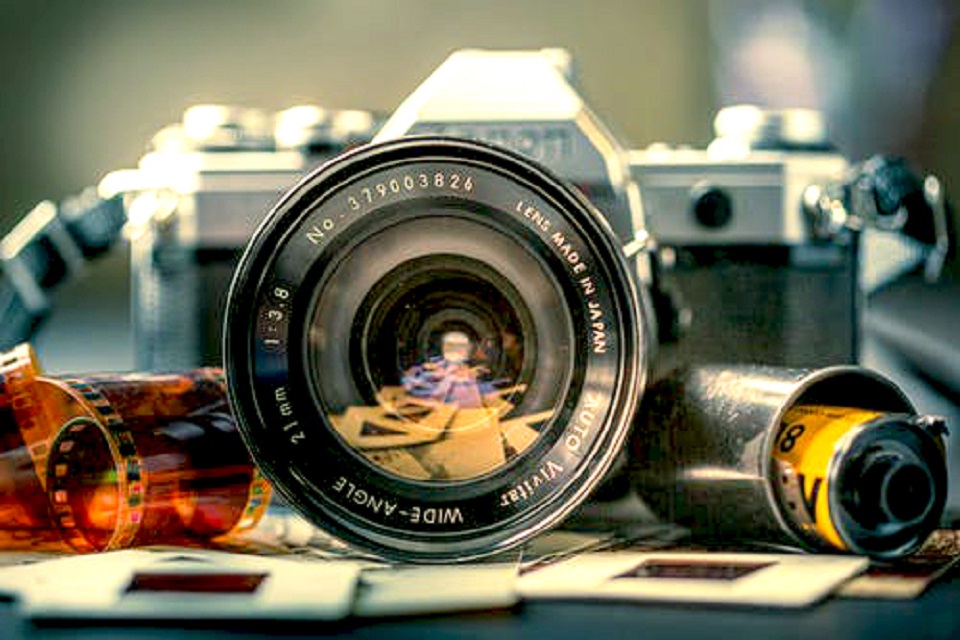
A lens with a 35 mm-23 mm focal length is categorized as a wide-angle one. Below that, it will be considered a fisheye lens, particularly still bearing the capabilities of a wide-angle lens. For cropped sensor cameras, the standard focal length is set as 18 mm or less. For a full-frame camera, it is 28 mm or less.
A wide-angle lens is best suited for varied photography genres, including landscape, travel, group photos, architecture, or cityscape photography. But they are not good for conventional portrait shoots.
Technical Factors to Look for While Choosing Lens
Some technical parameters create differences between lens performance. So, you must analyze them thoroughly before choosing a lens.
Let’s have an in-depth discussion on the technical terms.
Aperture
Aperture is a fundamental feature to look for while selecting an appropriate lens for your camera. This is to determine the amount of light you will get into the camera. It is identified with the letter “f” along with a number. Those are known as f-stops.

f/1.2, f/1.4, f/2, f/2.8, f/4, f/5.6, f/8, f/11, f/16, etc., are the common aperture. The smaller the number, the more light will pass through your camera. Conversely, the higher the number, the cheaper it is.
Usually, the brightest lenses have a maximum f/1.2 aperture in most cases. Having a wide aperture also means having a faster shutter speed.
Focal Length
Before buying a camera lens, you must take the focal length into consideration. It is arguably the most important thing for a lens.
It is represented in millimeters. It usually ranges from 10 mm to 300 mm. The angle of view of a lens depends on the focal length. If it is short, you will have a wide image. But a lens with a longer focal length lets you zoom in on a distant object.
You must remember that the focal length is directly connected to the image sensor. So a lens with a particular focal length will perform differently based on the camera as well. In order to find out the equivalent focal length for a cropped sensor or a full-frame lens, it should be multiplied by 1.6 and 1.5 for Canon and Nikon lenses, respectively.
Generally, the human eye can see around 30-50 mm view in the case of a full-frame camera sensor. A focal length below this range will view a wider field than this. In contrast, a higher number of focal lengths will focus on a small aspect.
Image Stabilization
Most mirrorless cameras have inbuilt image stabilization in the camera body. But this is rare in DSLR cameras. However, stabilized lenses are alternative in these cases.
This is a special feature to eliminate camera shakes. We found it very exigent in low light shooting conditions with a slow shutter speed range. In fact, using a telephoto lens with a longer focal length needs image stabilization for capturing sharp images.
Below, we have listed the abbreviations for built-in image stabilization by different manufacturers.
Canon- IS
Nikon- VR
Tamron- VC
Sigma- OS
Other manufacturers such as Sony, Olympus, and Pentax have this feature in the camera body.
This is a pretty handy feature that reduces the motion blur risks to a considerable extent.
Autofocus
Another great feature of a lens with the option to alternate between auto and manual focusing.
Most of the lenses have this feature to conjugate with the autofocus ability of your camera. Some lenses operate this function silently because of the inbuilt focusing motor. They can instantly focus on the subject inaudibly.
On the other hand, some lenses lack the silent motor focusing technology. That’s why they are annoyingly loud while operating the system.
In terms of sports or fast-paced photography, high-end lenses with better autofocus ability should be your pick. This will let you focus on the subject at once. For shooting videos, you must look for lenses with video-specific autofocus.
Camera Sensor
As we said, the lens performance is also affected by the camera sensor. So, considering the camera sensor size and type is also important while selecting the lens.
Most of the cameras are designed with crop or full-frame sensors. The same focal length will vary based on the sensor type. So, determining the effective focal length by calculating the crop factor of a camera is very crucial. Always remember that full-frame lenses work best with full-frame camera sensors.
Crop Factor
This is also known as the multiplication factor to calculate the effective focal length.
Maximum SLR cameras for beginners consist of APS-C or half-frame sensors. Due to a small sensor, a particular lens varies in field of view in different cameras. In order to find out the exact capacity of a lens, you need to know the crop factor. Different brands have different crop factors. They are cited below.
Nikon- 1.5
Sony- 1.5
Canon- 1.6
Pentax- 1.5
If you buy a lens with a specific focal length for a Canon SLR camera without a full frame, you must multiply the focal length by 1.6 to understand the actual result of a full-frame camera sensor.
Color Refractive Correction
In the world of photography, light is the most powerful natural element. It thoroughly affects photography. Light is the strongest ability in terms of changing the colors of the photographs.
It is also connected with lens type. Different colors of light reflect differently while passing through a lens. As a consequence, you may experience color shifts in your photographs.
To prevent it, a technology called low-dispersion glass is used. This corrects the color refraction in the images. Below are the names of the dispersion glasses by famous brands.
Sigma- APO
Tamron- LD
Pentax- ED
Nikon- ED
Distortion
This is basically a lens error. Due to it, the straight lines at the image edges are curved either inwardly or outwardly.
No worries. There is always an adjustment. The manufacturers take this error into consideration and correct it in the best possible way.
However, we want you to get acquainted with the specifications to indicate the correction of the distortion. The Pentax lenses indicate it by AL, while ASP and AD are the indicators of Sigma and Tamron, respectively.
Lens Mount
Your selected lens must fit on your camera, right? This is known as a lens mount.
Usually, the kit lenses are tailored in a way that they only fit with that particular camera. But this is not the case for other lenses. Some lenses have multiple mounts to fit in different cameras.
Before choosing a lens, you must know what lens mount your camera has. If they don’t match, the lens will not adjust to the camera.
Lens Speed
Apart from the sharpness and optical quality, speed is another important factor for a lens. But what does lens speed actually mean?
Well, it is the key factor to determine whether a lens is fast or slow. A fast lens has wider apertures with longer focal lengths. So, it will avail more light and maximum shutter speed while capturing images.
A slow lens, in contrast, produces reduced shutter speeds in the low light situation. Although they are lighter and cheaper, you cannot get the expected outcome from them. Also, the speed of a lens gets affected by the focal length. For instance, an f/4.5 lens will be quite faster with a 500 mm focal length. But it will be relatively slow with a 100 mm focal length.
Additional Things to Look for
Aside from the above pragmatic features, there are some additional issues to consider while picking a perfect camera lens. Have a look below.
Size
In the case of buying a camera lens, the size does matter. In terms of outlook and maintaining compatibility with your camera, you must consider the size.
Weight
Another considerable thing is weight. If you want a lens for travel photography, it must be lightweight. In that case, weight should be the primary concern rather than other features.But if you don’t mind carrying a heavyweight lens, you can concentrate on the other functionalities.
Price
The most important thing is the price. We always have a specific budget for a particular thing. No matter what your budget is, look for the best features available in that price range.
There are countless features in modern lenses. Not each of them will be effective for you. So, don’t waste money on unnecessary features. Instead, find a standard lens with a moderate budget that meets all your needs. The lens must be worth the money you spend on it.
Choosing Lens According to the Type of Photography
As we have already discussed, there are variations in lens types. So what to do? Will you buy each type of lens?
Not exactly. You need to figure out your photography style first. Then determine what type of lens suits you the best.
Portrait Photography: For portrait photography, you need a lens with a wider and maximum aperture. This will create a standard distance between the subject and the background.
Also, the lens should have a standard focal length.
Landscape Photography: Wide angle lenses are considered the foundation of landscape photography.
Unlike portrait photography, you do not need a wide aperture as you will shoot photos by using a tripod. However, zoom lenses are the best for landscape photo shoots.
Street Photography: In street photography, you need a lens with a wide aperture to cope with the varying lighting scenarios.
Family Photography: For general family photography, you need a wide aperture lens for indoor shoots. This will let you shoot without a flash. Also, lenses with a wide focal length are suggested to shoot in a narrow space.
Travel Photography: As a travel photographer, zoom lenses are like Holy Grails. Consider having a zoom lens with a wide maximum aperture. You can use it for capturing other types of images as well, like landscapes, portraits, streets, etc.
Sports and Wildlife Photography: Sports and wildlife photography lenses are quite expensive as they need a lot of features. If you are interested in sports or wildlife photography, you might shoot in several conditions like indoors, in sheds, or at dusk.
So, you must choose lenses with fast autofocus ability, longer focal length, wide enough aperture, etc., to cope with varied situations.
Conclusion
Lenses are as important as your camera, if not more, for capturing an eye-soothing photograph. This is the basic photographic equipment to let you provide artistic liberty as a photographer.
More often, aspiring photographers looking for a decent camera. But choosing an appropriate lens with the same effort is equally important. We hope you have developed an intensive idea of what to analyze before buying a camera lens. These are the fundamental features to narrow down your choice from the countless available options.
We hope you could successfully choose a camera lens based on your budget, requirements, and preferences.
